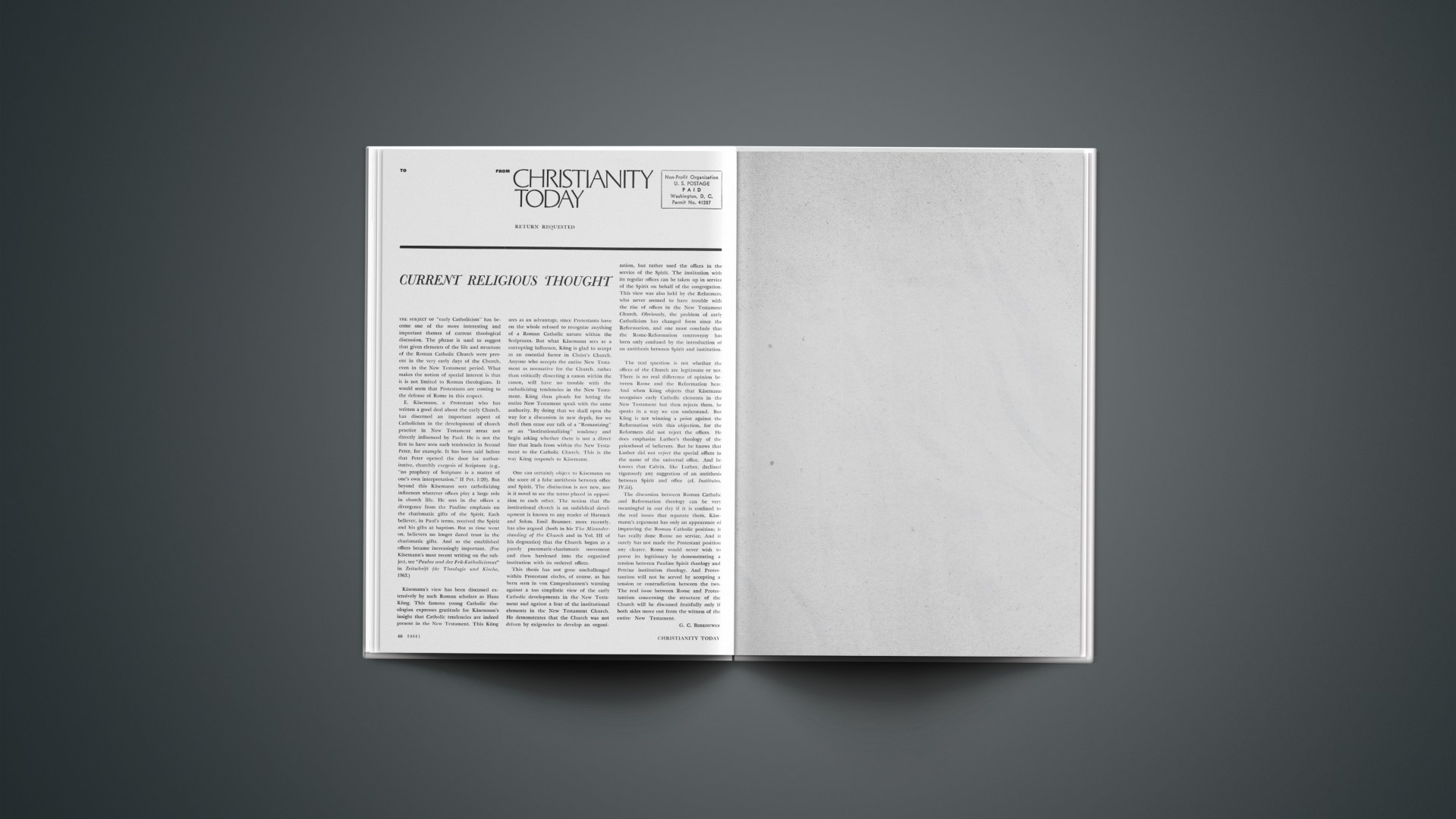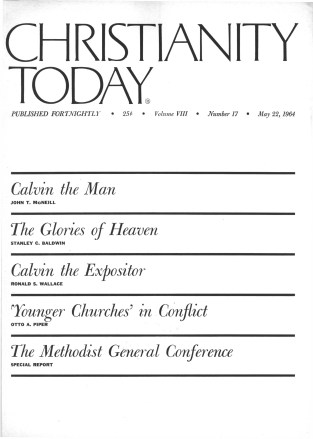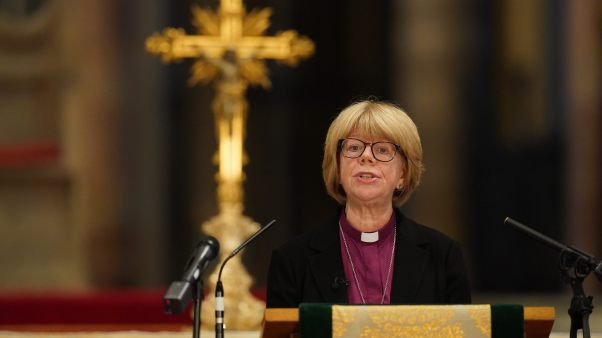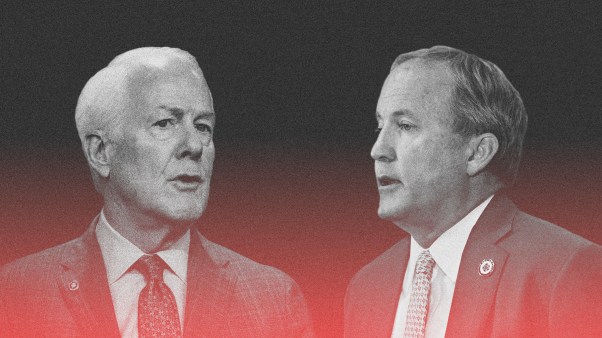The subject of “early Catholicism” has become one of the more interesting and important themes of current theological discussion. The phrase is used to suggest that given elements of the life and structure of the Roman Catholic Church were present in the very early days of the Church, even in the New Testament period. What makes the notion of special interest is that it is not limited to Roman theologians. It would seem that Protestants are coming to the defense of Rome in this respect.
E. Käsemann, a Protestant who has written a good deal about the early Church, has discerned an important aspect of Catholicism in the development of church practice in New Testament areas not directly influenced by Paul. He is not the first to have seen such tendencies in Second Peter, for example. It has been said before that Peter opened the door for authoritative, churchly exegesis of Scripture (e.g., “no prophecy of Scripture is a matter of one’s own interpretation,” 2 Pet. 1:20). But beyond this Käsemann sees catholicizing influences wherever offices play a large role in church life. He sees in the offices a divergence from the Pauline emphasis on the charismatic gifts of the Spirit. Each believer, in Paul’s terms, received the Spirit and his gifts at baptism. But as time went on, believers no longer dared trust in the charismatic gifts. And so the established offices became increasingly important. (For Käsemann’s most recent writing on the subject, see “Paulus und der Frü-Katholicismus” in Zeitschrift für Theologie und Kirche, 1963.)
Käsemann’s view has been discussed extensively by such Roman scholars as Hans Küng. This famous young Catholic theologian expresses gratitude for Käsemann’s insight that Catholic tendencies are indeed present in the New Testament. This Küng sees as an advantage, since Protestants have on the whole refused to recognize anything of a Roman Catholic nature within the Scriptures. But what Käsemann sees as a corrupting influence, Küng is glad to accept as an essential factor in Christ’s Church. Anyone who accepts the entire New Testament as normative for the Church, rather than critically dissecting a canon within the canon, will have no trouble with the catholicizing tendencies in the New Testament. Küng then pleads for letting the entire New Testament speak with the same authority. By doing that we shall open the way for a discussion in new depth, for we shall then cease our talk of a “Romanizing” or an “institutionalizing” tendency and begin asking whether there is not a direct line that leads from within the New Testament to the Catholic Church. This is the way Küng responds to Käsemann.
One can certainly object to Käsemann on the score of a false antithesis between office and Spirit. The distinction is not new, nor is it novel to see the terms placed in opposition to each other. The notion that the institutional church is an unbiblical development is known to any reader of Harnack and Sohm. Emil Brunner, more recently, has also argued (both in his The Misunderstanding of the Church and in Vol. III of his dogmatics) that the Church began as a purely pneumatic-charismatic movement and then hardened into the organized institution with its ordered offices.
This thesis has not gone unchallenged within Protestant circles, of course, as has been seen in von Campenhausen’s warning against a too simplistic view of the early Catholic developments in the New Testament and against a fear of the institutional elements in the New Testament Church. He demonstrates that the Church was not driven by exigencies to develop an organization, but rather used the offices in the service of the Spirit. The institution with its regular offices can be taken up in service of the Spirit on behalf of the congregation. This view was also held by the Reformers, who never seemed to have trouble with the rise of offices in the New Testament Church. Obviously, the problem of early Catholicism has changed form since the Reformation, and one must conclude that the Rome-Reformation controversy has been only confused by the introduction of an antithesis between Spirit and institution.
The real question is not whether the offices of the Church arc legitimate or not. There is no real difference of opinion between Rome and the Reformation here. And when Küng objects that Käsemann recognizes early Catholic elements in the New Testament but then rejects them, he speaks in a way we can understand. But Küng is not winning a point against the Reformation with this objection, for the Reformers did not reject the offices. He does emphasize Luther’s theology of the priesthood of believers. But he knows that Luther did not reject the special offices in the name of the universal office. And he knows that Calvin, like Luther, declined vigorously any suggestion of an antithesis between Spirit and office (cf. Institutes, IV.iii).
The discussion between Roman Catholic and Reformation theology can be very meaningful in our day if it is confined to the real issues that separate them. Käsemann’s argument has only an appearance of improving the Roman Catholic position; it has really done Rome no service. And it surely has not made the Protestant position any clearer. Rome would never wish to prove its legitimacy by demonstrating a tension between Pauline Spirit theology and Petrine institution theology. And Protestantism will not be served by accepting a tension or contradiction between the two. The real issue between Rome and Protestantism concerning the structure of the Church will be discussed fruitfully only if both sides move out from the witness of the entire New Testament.










